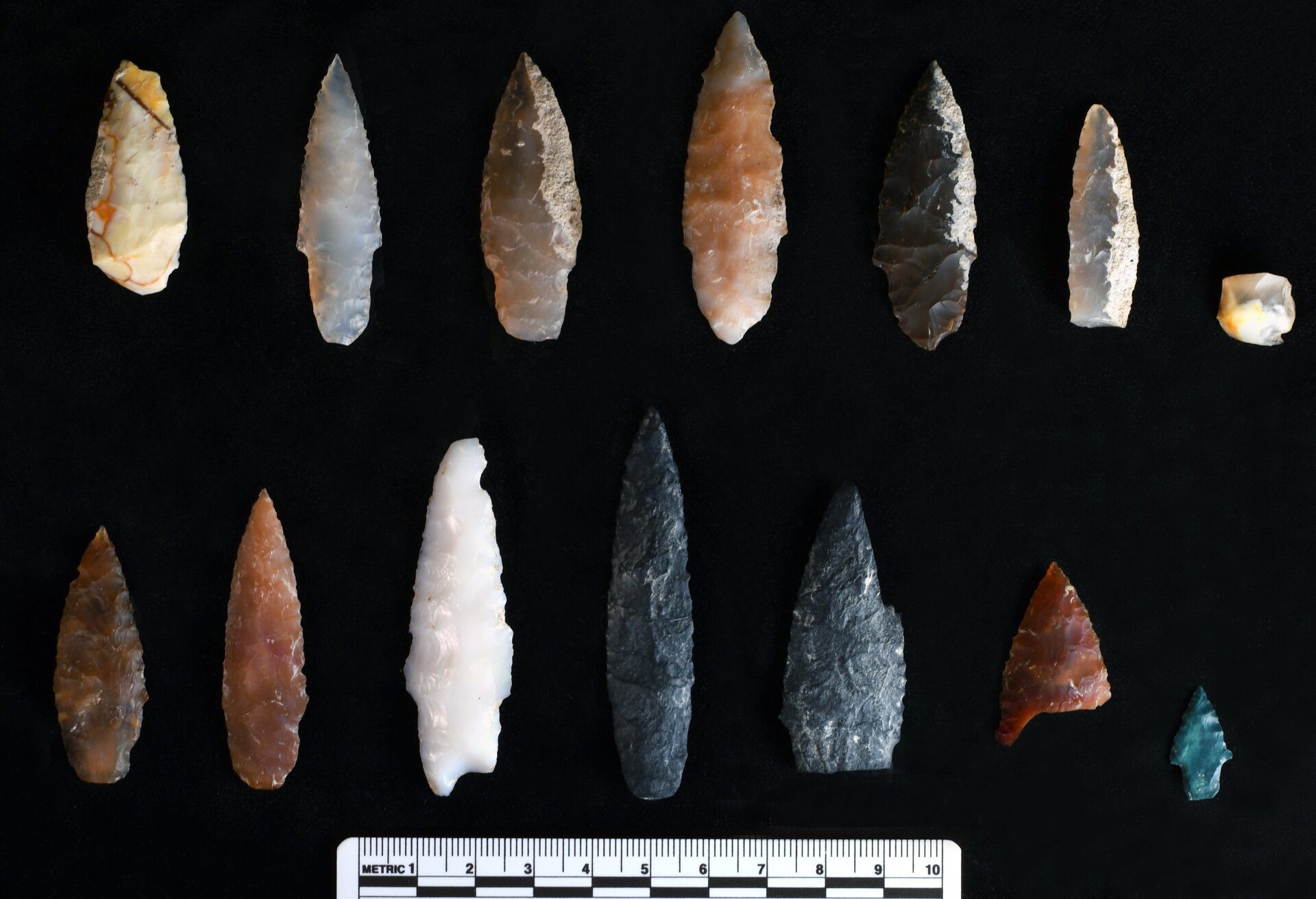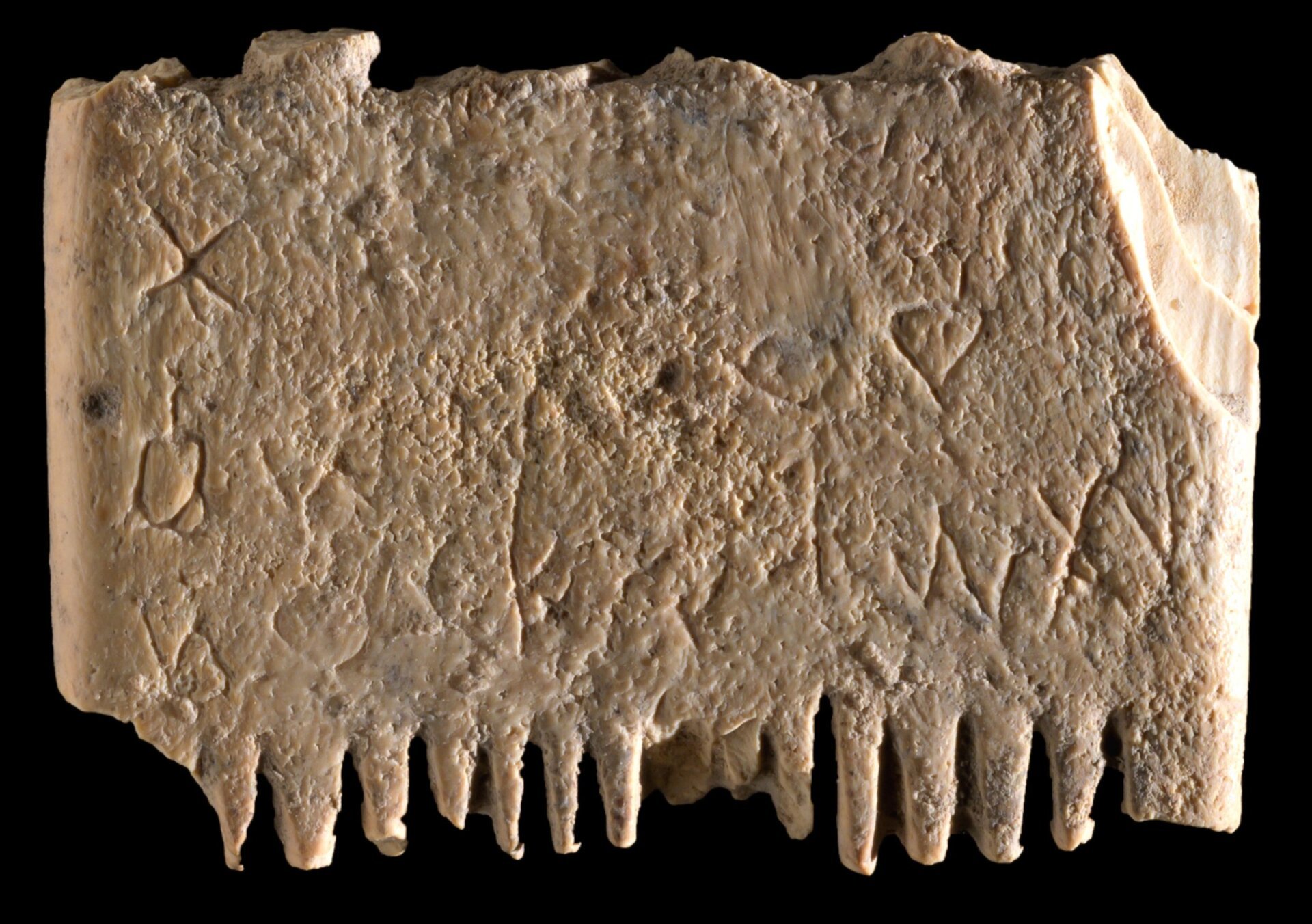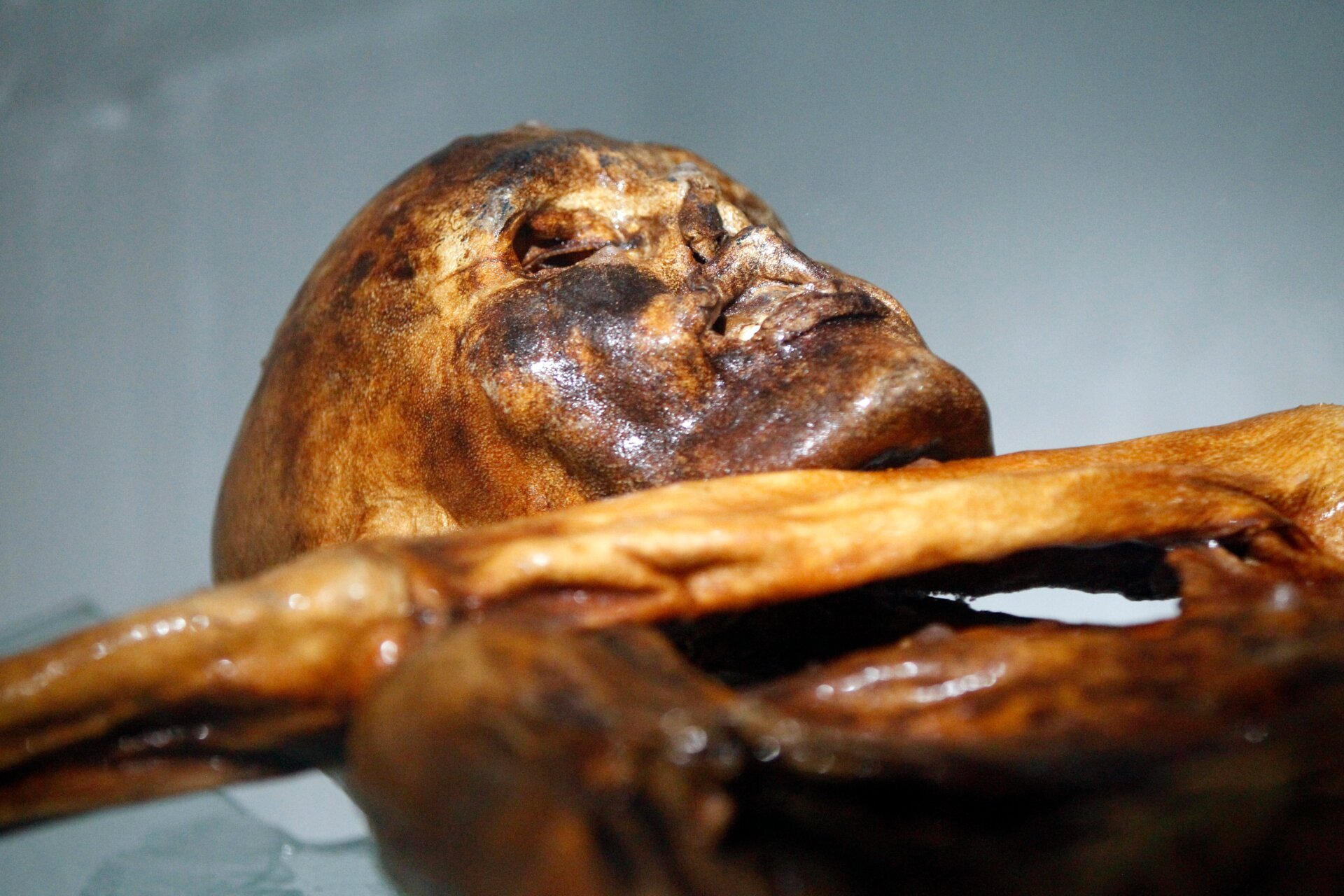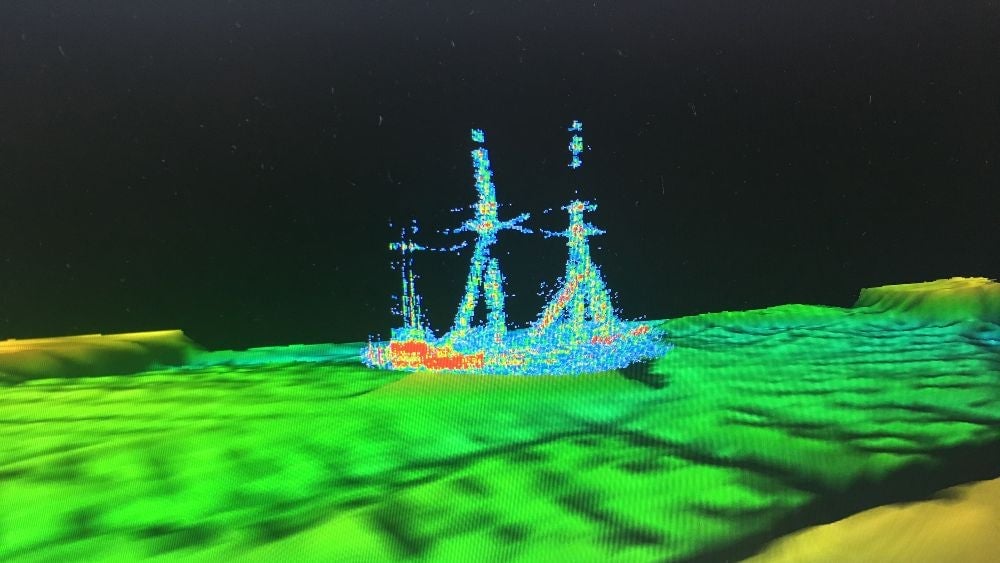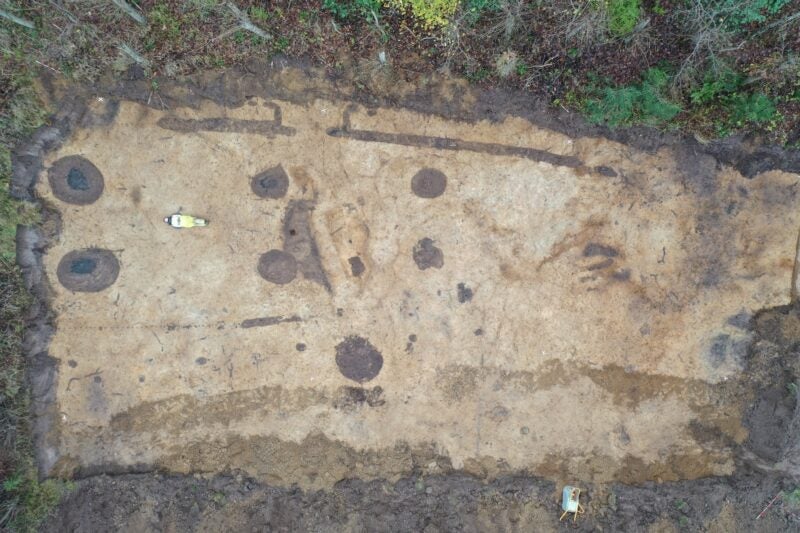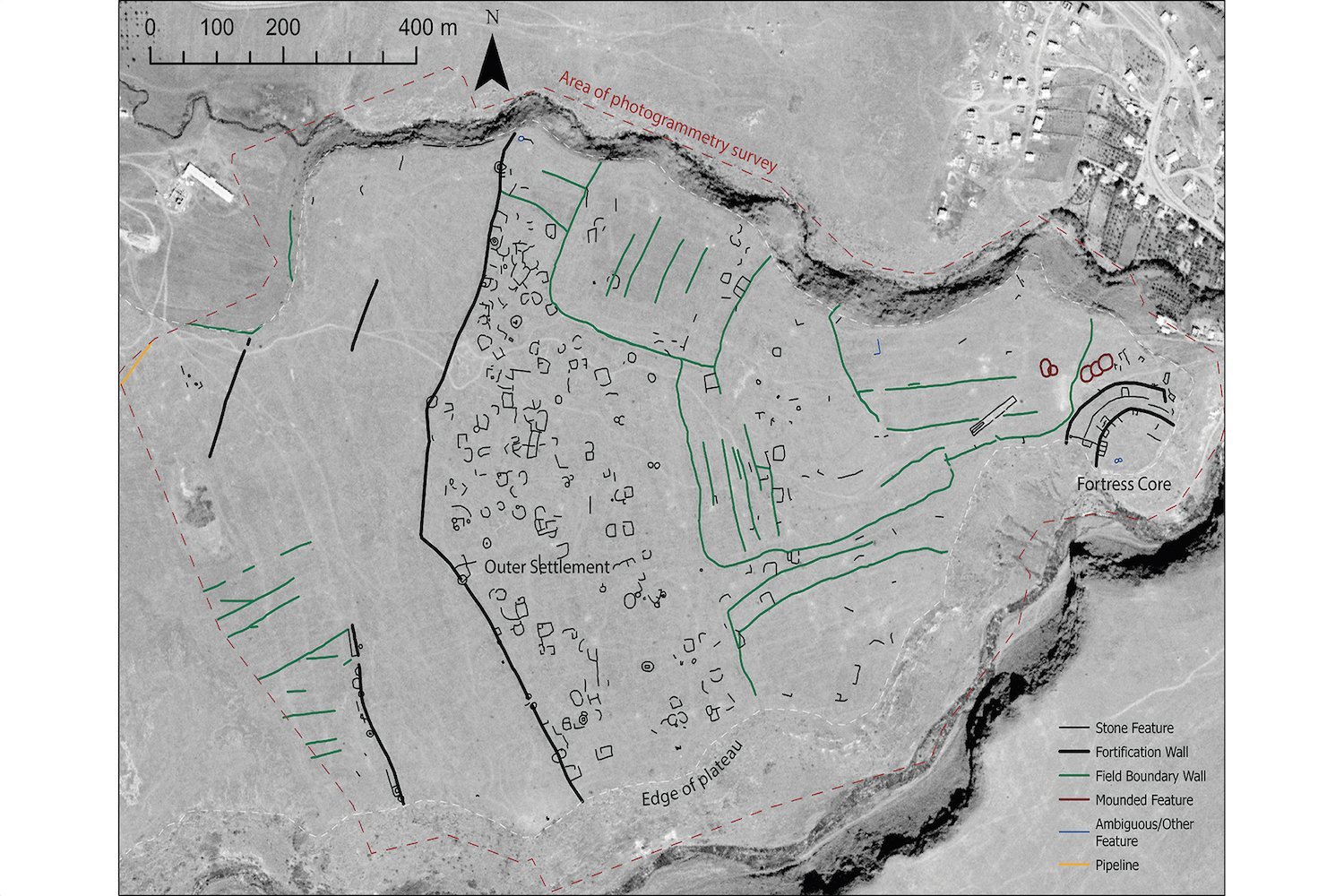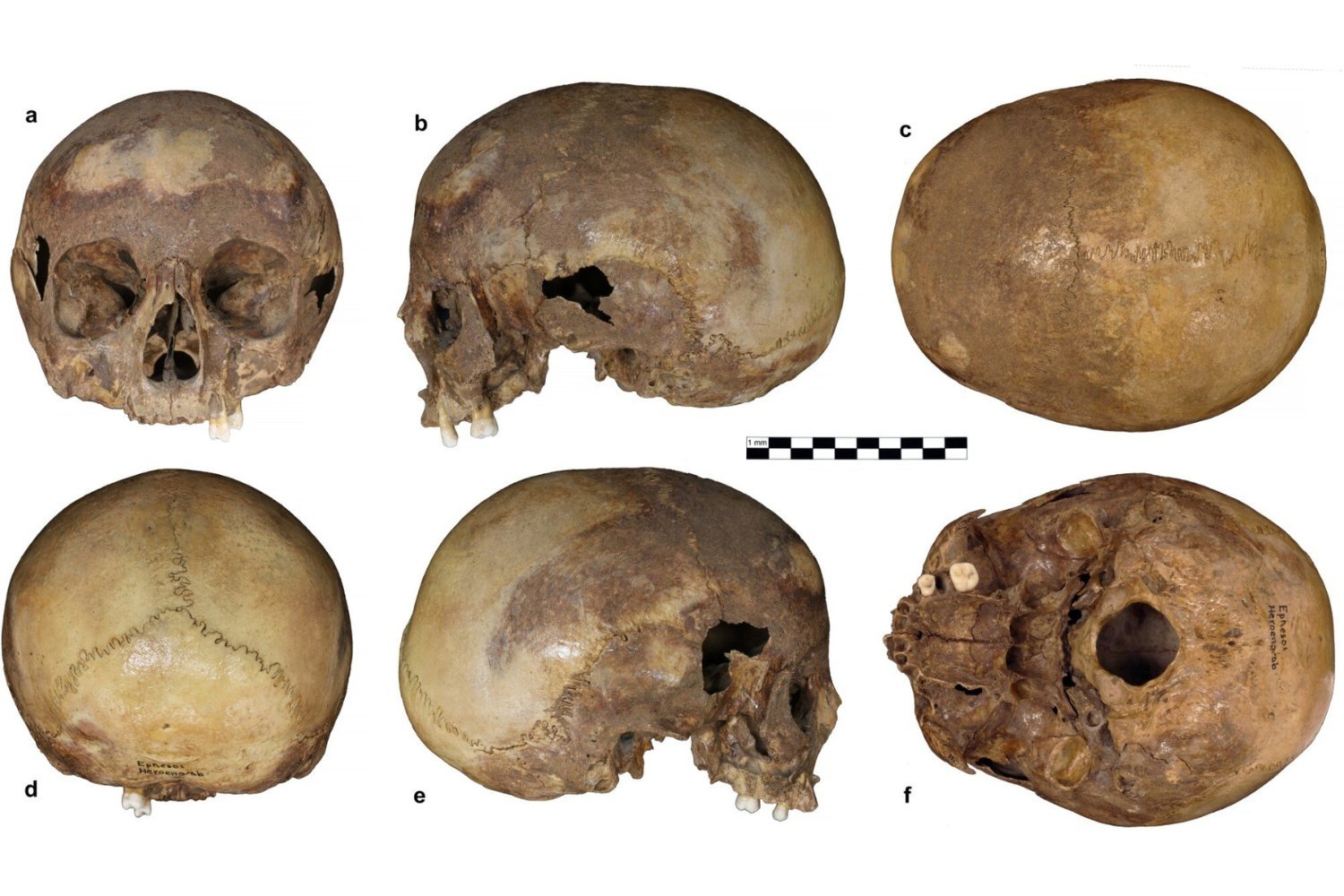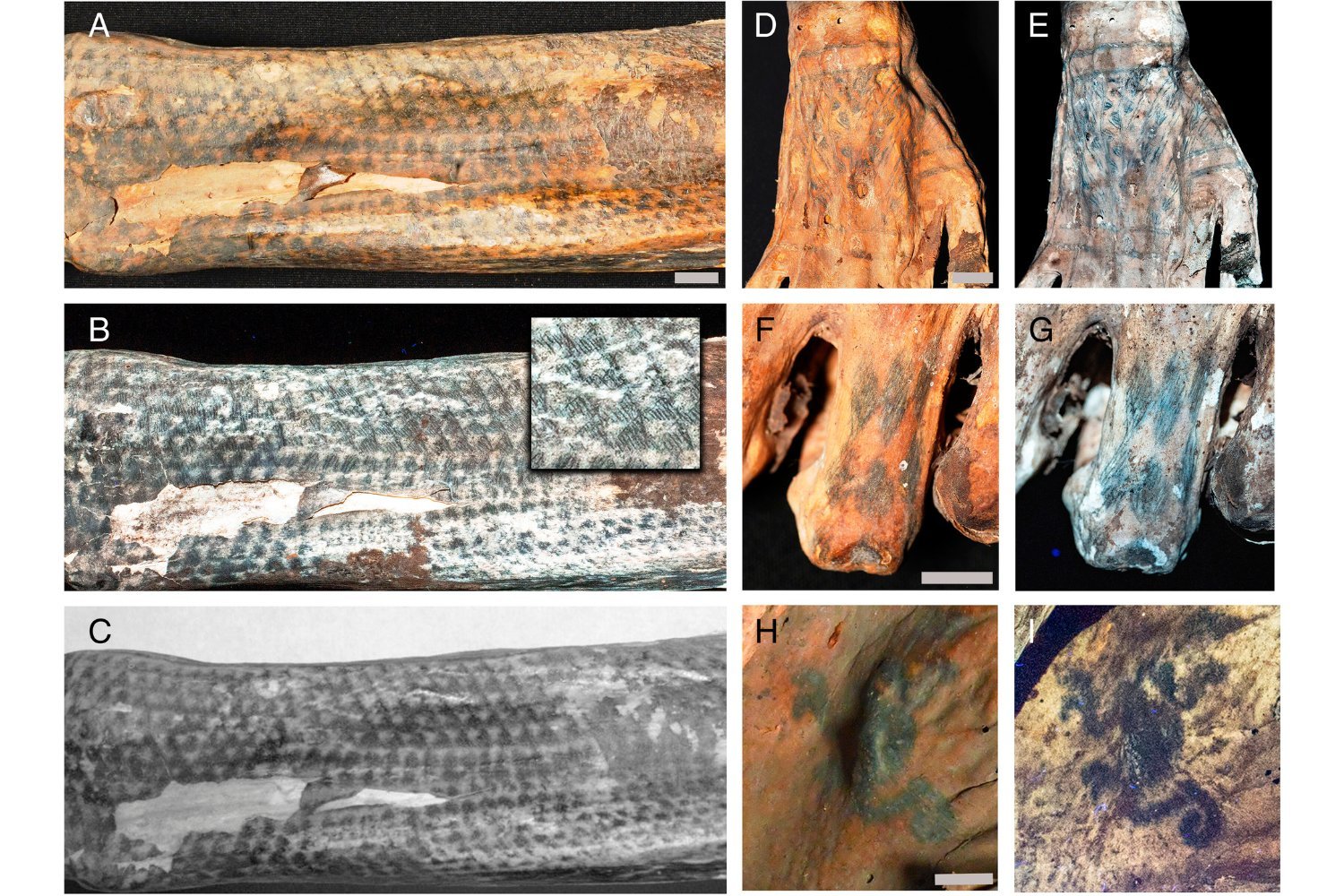The Cooper’s Ferry site in Idaho has yielded projectile points dating back an astounding 15,785 years, significantly older than any tools previously discovered there. This remarkable find reshapes our understanding of the earliest inhabitants of North America and their technological prowess, potentially revealing connections to ancient Asian cultures. The research, published in Science Advances, pushes back the known timeline of human presence on the continent and offers tantalizing clues about the exchange of technology and perhaps even genetic lineages between Ice Age populations in Asia and North America.
This discovery provides crucial details about the archaeological record of the first Americans. As Loren Davis, lead author and archaeologist at Oregon State University, explained in a university release, it’s one thing to theorize about human presence 16,000 years ago; it’s quite another to have tangible evidence in the form of sophisticated artifacts. Located on traditional Nez Perce land (known as Nipéhe to the tribe), the Cooper’s Ferry site has been a treasure trove of ancient artifacts, including worked stone and animal remains, since its initial excavation in the mid-20th century.
The projectile points were unearthed between 2012 and 2017, but their age has only recently been confirmed through meticulous dating analysis. While previous discoveries of stone flakes and bone fragments at the site hinted at human habitation, these complete projectile points offer a more comprehensive picture of early American life, showcasing their advanced hunting skills. The points’ size and design suggest they were likely mounted on darts, capable of inflicting significant internal damage, effective for hunting a wide range of animals.
Intriguingly, the Cooper’s Ferry points bear a striking resemblance to projectile points found in Hokkaido, Japan, dating between 16,000 and 20,000 years ago. This similarity raises fascinating questions about potential cultural exchange between Northeast Asia and early North American inhabitants. While not definitive proof, it suggests the possibility of shared technological knowledge and perhaps even migratory patterns.
To date, over 65,000 artifacts have been meticulously documented at Cooper’s Ferry. Each new discovery unveils another layer of the rich tapestry of early human activity in North America. These remarkable projectile points not only rewrite the timeline of early American history, they open new avenues for exploration into the interconnectedness of ancient populations across continents.
More: Surprising Human Remains From Israeli Quarry Complicate Our Evolutionary Picture



